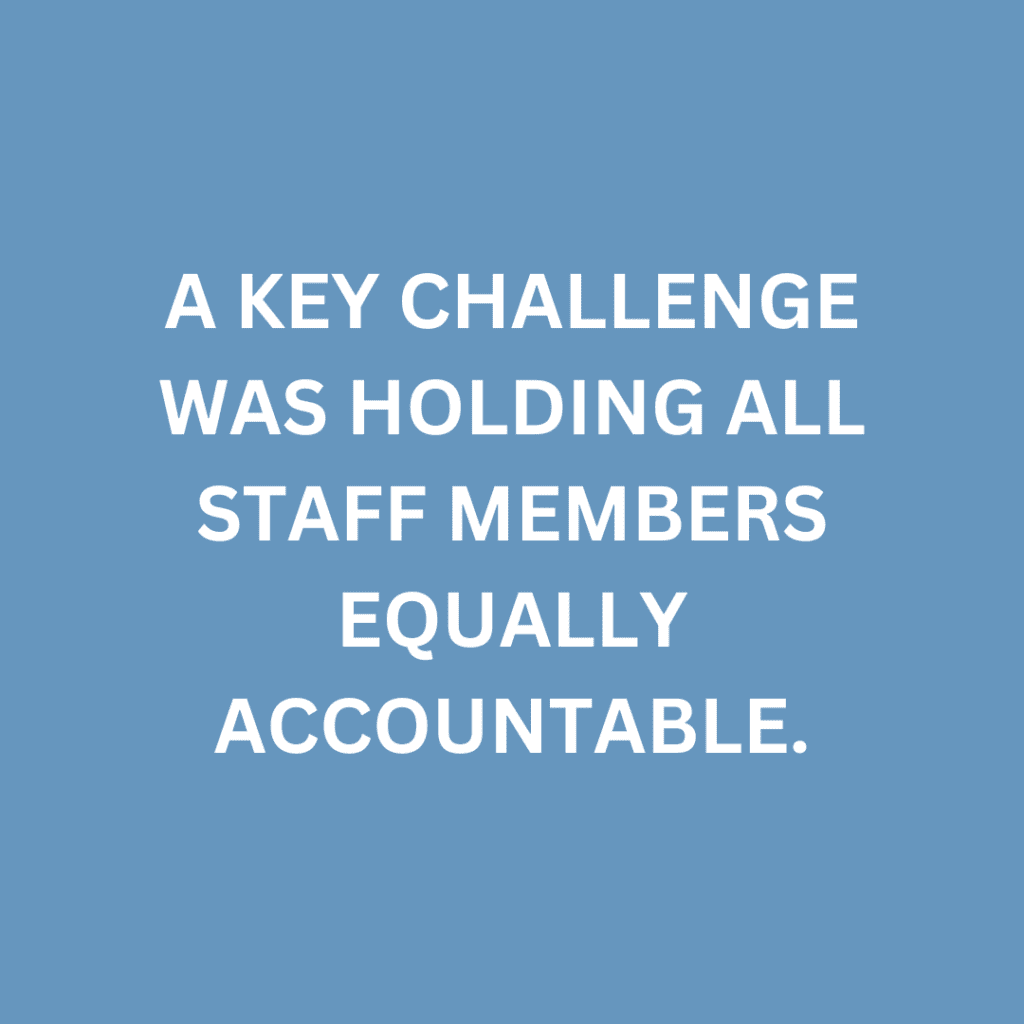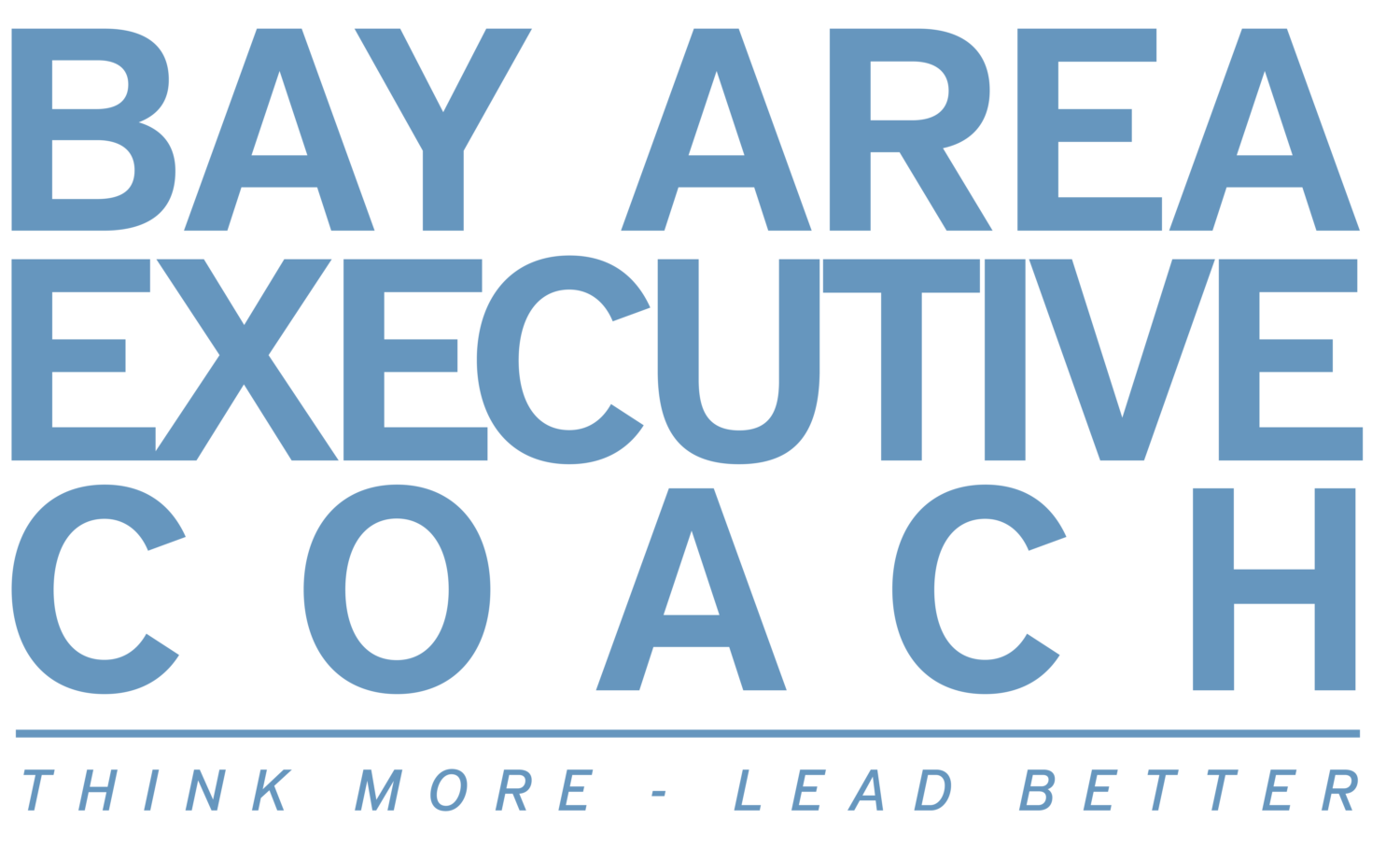How Coaching Empowered a CEO-Designate to Rise to the Challenge
Stepping into a company’s top leadership role is always a challenge, especially when you’re following in the footsteps of a highly respected current CEO. Self-doubts often persist, even for people who are vastly capable and qualified. And while these people often have many of the required attributes and skills in place to lead successfully, they may lack certain elements necessary to complete the picture as competent and effective CEOs. Such was the case with this particular coaching client of ours.
The Situation:
Laura (not her real name) was a respected VP at a mid-sized company in the healthcare industry. Smart, hardworking, and extremely knowledgeable about her industry, Laura had been hand-picked to succeed the CEO in 3 – 5 years. Although a strong and obvious choice, there was also the understanding that she had some work to do to be fully ready. 
To help Laura identify her areas for improvement and to develop her own set of effective solutions, it was decided that an executive coach should work with Laura. Company principal and lead coach Michael Neuendorff became Laura’s coach, and during twice-a-month coaching sessions over a seven-month period, guided Laura to define and refine the add-on skills she needed to assume her next role with confidence and clarity.
Determining The Coaching Objectives:
The coaching engagement began, as is often the case, with a 360 survey and a self-assessment to gain insight into Laura’s perceived strengths and opportunities. Leveraging this insight, we coached Laura to identify three key areas where she needed to grow her skills to move confidently into the CEO role. These areas were:
- Improving executive presence and becoming a more effective presenter at Board meetings,
- Learning to hold all staff members equally accountable,
- Becoming a leader who coaches directs to solve their problems rather than being directive. This would create a pipeline of new problem-solvers and doers who in turn develop their staff members to solve problems independently. In other words, learning to delegate responsibilities to others and empowering them to make their own decisions, thereby freeing Laura to focus time and energy on strategic issues and long-range goals.
With these objectives clearly defined, we proceeded with the coaching engagement.
The Coaching Process:
We started with the first objective: improving Laura’s executive presence. Executive Presence is defined as a “combination of personality and character traits that make a leader believable, trusted, and respected by the people they lead. It’s the ability to inspire others to be assertive in their own professional roles. This requires a consistent demonstration of clear leadership by the person in charge.” (For a detailed discussion of executive presence, see our blog post on this topic.)
Laura certainly had the trust and respect of the people she led, but her abilities to motivate and inspire them were not where they needed to be. This was evident during her presentations to the Board of Directors, which, while detailed and analytical, came across as unimaginative.
With our expertise in public speaking, we helped Laura fine-tune her presentation style, enabling her to impart more energy and enthusiasm. She also learned to tell the story behind the data, which is always more compelling. To ensure Laura got ample opportunities to practice, we partnered with the current CEO to provide Laura with more opportunities to address her coworkers in company meetings. 
We also recommended to Laura books and coursework in the art of public speaking, to help further her development in this area. And through the process of direct coaching and process feedback, we guided Laura to polish her presentation skills, asking her such prompting questions as “How do you think you sounded to others? How do you think people will react to what you’re saying?” Laura came to see how better communication skills greatly amplified her executive presence.
Next, we explored ways Laura could better hold her staff equally accountable to her, the company, and to the company’s goals and standards.
Part of the challenge stemmed from Laura being in an awkward situation. Her former boss was now one of her direct reports. Laura was overly concerned that this person was not happy about the role reversal, which caused her to pull back when it came to accountability for entirely fulfilling all of their obligations in their current role.
As the coaching ensued, Laura came to realize that she was actually bringing her own baggage into the new relationship. She had self-doubts about her ability to manage and relate to this person. This turned out to be truer than the preconception that the other person didn’t want to be managed by Laura. Once she met and talked with her former manager in a sincere and transparent fashion, Laura discovered that he was in fact open to change, cooperative, liked the organization, and was motivated to contribute and rise back into a senior management position himself.
With this revelation, Laura found she was able to hold her old boss accountable much more easily. Furthermore, she came to understand how misconceptions and preconceived ideas could create roadblocks to her effective management of staff. Through her increased self-awareness, Laura was better equipped to work confidently with all her team including another report who had seemed to resist developing their people to be greater contributors. She leaned into this relationship with her newfound confidence and was able to get to some important understandings about what this report would need to exhibit as a leader in the firm.
The third objective was centered on coaching Laura to become a different kind of leader than she was used to being. Laura was a doer by nature, and her initial reaction when presented with goals or problems was to solve it on the spot. However, an effective CEO mustn’t be the chief problem solver for everyone. Instead, they should be someone who equips and empowers their staff to find their own solutions and then take action without direct supervision from the top.
Through coaching Laura came to see how she needed to evolve into a leader able to create other leaders who could think and act independently. And those people in turn would empower their staff to develop their own leadership skills, essentially building a pipeline of leadership that would yield continuous long-term success.
To adopt this new, less directive leadership style, we engaged in animated coaching conversations where Laura candidly dissected her conversations with staff members. She realized that she wasn’t asking many questions nor was she guiding people to find their own solutions from within. Thus, she learned the coaching conversation through her own coaching as well as by reading a recommended resource. 
Laura came to be a different kind of leader by learning to hold back from solving everyone’s problems. She was less directive, patient and more conversational, asking many more questions than she would normally do. She found this new skill to be very helpful and fulfilling.
The Outcome:
We covered a lot of ground over the course of our coaching engagement with Laura, bringing forth a great deal of insight into 15 concentrated and sharply focused coaching sessions. (We always strive to make our coaching engagements focused, concise, and time efficient, with a definite conclusion date in mind.)
As a result of our working together, Laura felt much better about eventually assuming the CEO role with confidence and vision. While the succession was years off, she and the firm felt she was now on an even better track towards a successful transition. Her presentation skills had noticeably improved, her comfort zone for holding her staff accountable had increased, and she was now having more coaching style conversations with her reports developing them in new and fortuitous ways. We’re thrilled to have coached Laura towards finding the answers for herself and achieving these important objectives on the road to her big step forward.
•••
Laura’s story is just one of the many success stories we’ve helped our clients craft over the years. Are there aspects of your leadership style you’d like to improve, or do you simply need fresh insight into how you can become better at what you do? If such is the case, we invite you to schedule a virtual meeting with us to see how we can help you or someone on your team achieve your most ambitious professional objectives.
Download this case study if you’d like a copy.
Photo copyright: Featured photo is from ©Анна Рыжкова via Pexels.
